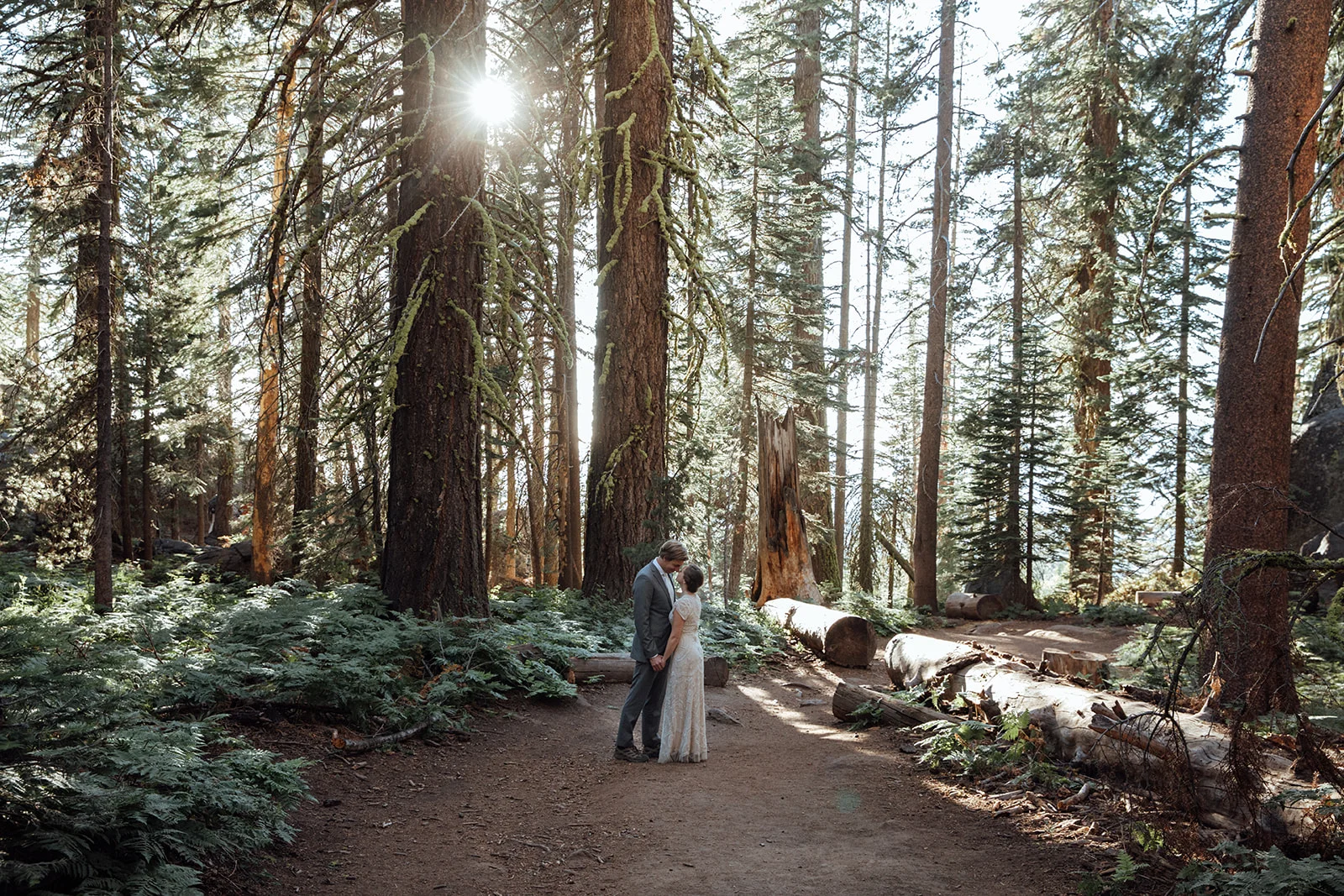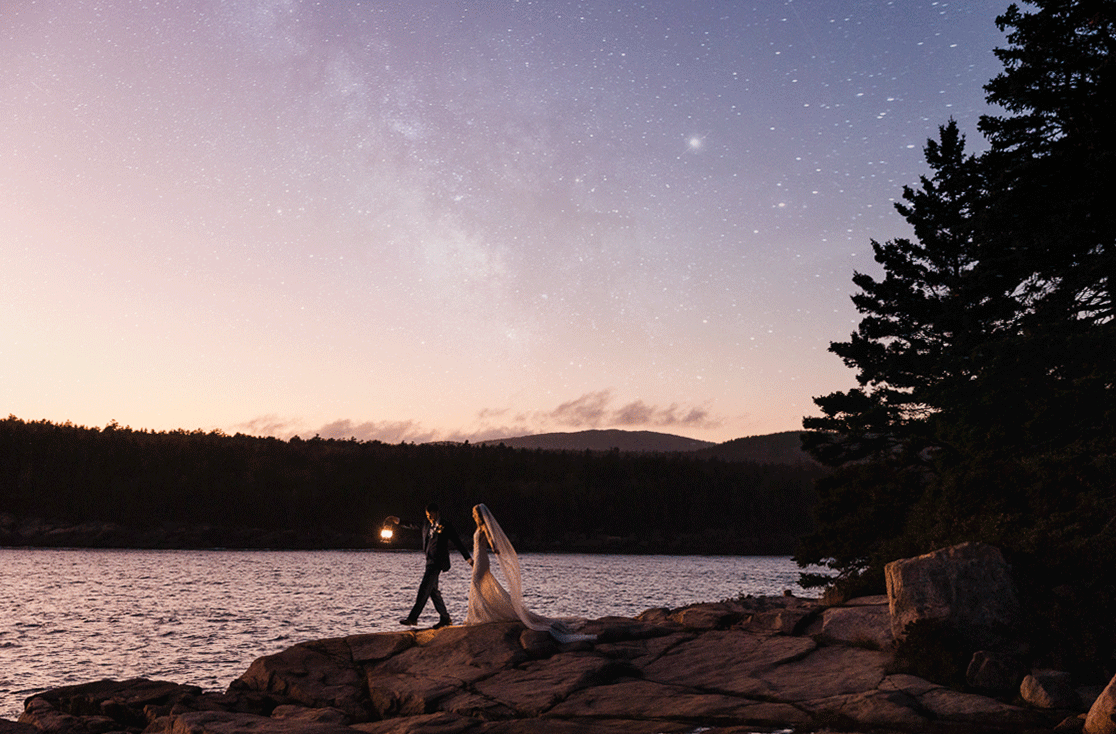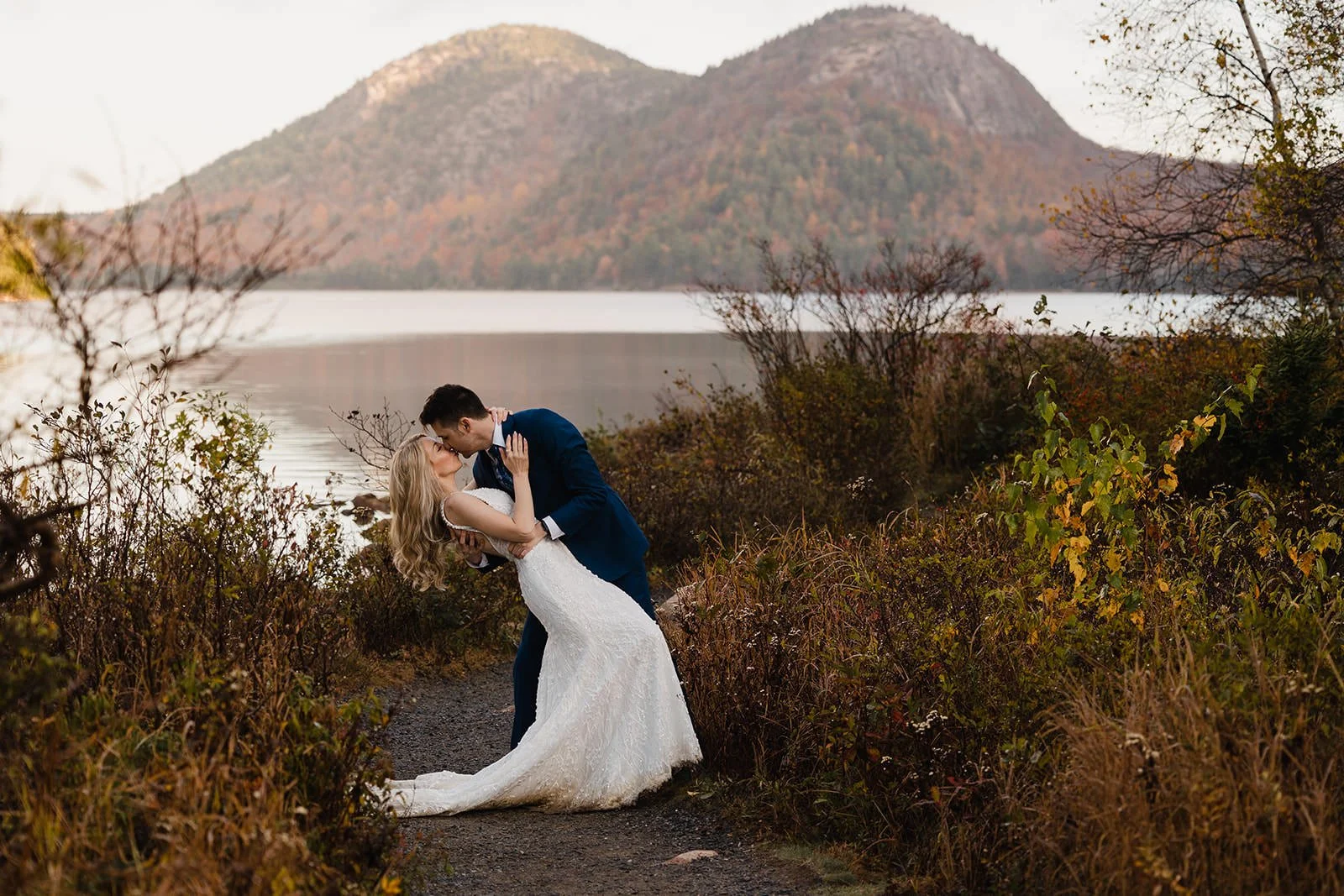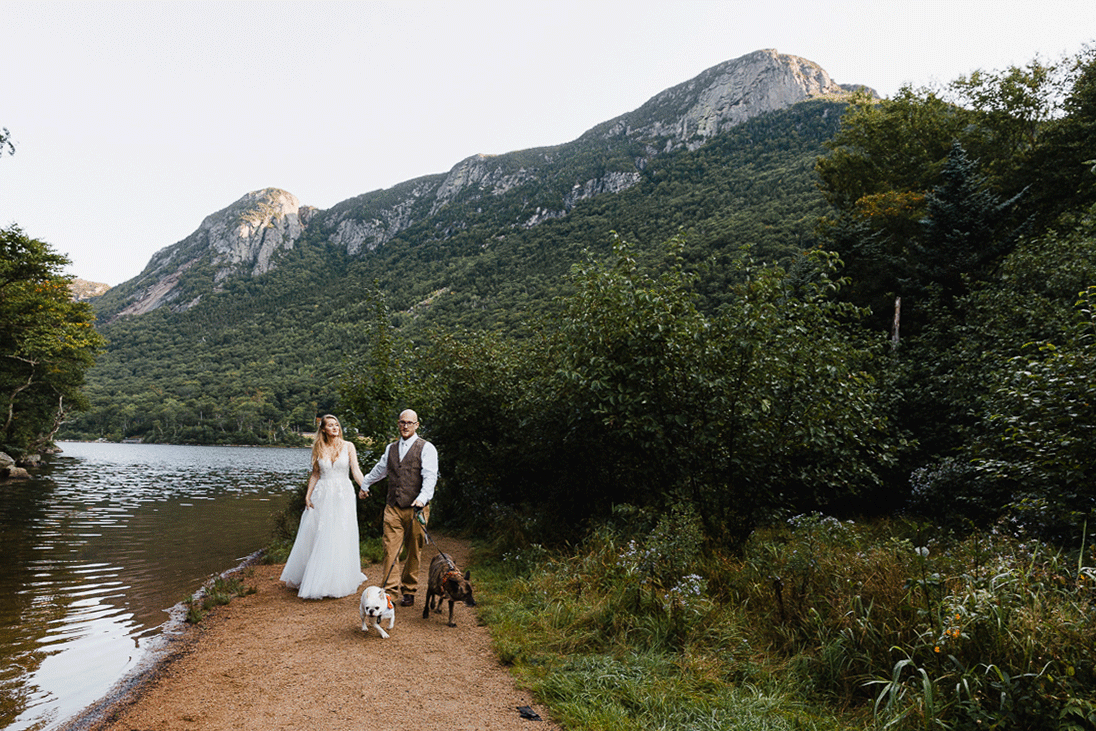
Adventure Wedding and Elopement Photographer and guide in New England, Utah, Arizona, California, Nevada, New Mexico, Colorado, and the Pacific Northwest.
Elopement & Outdoor Wedding Planning Guide
Small Outdoor Wedding & Elopement Planning Checklist
SWELL & STONE / ADVENTURE WEDDING & ELOPEMENT PHOTOGRAPHER / UNITED STATES AND BEYOND
Ok, you know you want a different kind of wedding, one where the flowers are wild, and the decor is…grand, and happens to have naturally existed for millennia.
Whether you choose an intimate destination wedding with friends and family or an elopement with just the two of you is entirely up to you, and the beauty of it all is that there are no rules! You can create a day that truly reflects your relationship. Congrats on being awesome, doing your own thing, and not playing by an obscure traditional rulebook.
So if you’ve dreamed of running through the mountains with your dress flowing behind you, staying out beneath the stars, or getting hitched on the beach and paddling out on your surfboard for a “first surf” instead of a “first dance,” you’ve come to the right place.
Define “elopement”
It can mean a lot of different things, and there is no one way to elope. It can be an adventure close to home with some family, or a faraway destination with just the two of you. Normally a couple decides what to do based on the things that are really important to themselves and their partner. Elopements often take place on public lands, and it is always important to inquire to see if a permit is needed for the ceremony. For my photography purposes, I define an elopement as an outdoor adventure wedding with fewer than 15 guests.
Define “Small Outdoor Wedding”
A small outdoor wedding often takes place on the grounds of an AirbNb, family home property, lodge, camp, or resort area, and occasionally on public lands. I define “small outdoor weddings” as weddings with 15-35 guests. Often couples want an adventure wedding but still want to include family. They will dedicate one day to activities with family and getting ready, the ceremony, and the reception, and the following day they go on an outdoor adventure with just the two of them.
What kind of planning is involved?
You can start planning anywhere from 1 week to 2 years in advance. Generally, couples plan 6-12 months out which gives you time to plan travel, inform family and friends- if they are coming along- and find the location that works best for you. Beyond that, you can include as many or a few things as you want. Most people hire a photographer, but you and choose to do video as well, hire a florist, get a cake, hire an officiant, book a train ride, hike a mountain, paddle a river, etc… or not! That’s the beauty of your adventure wedding day- it’s entirely up to you!
How much does it cost to elope or have a small outdoor wedding?
Compared to a traditional wedding, eloping is a fraction of the cost. The average wedding in the U.S. costs over $35,000. You can plan the greatest elopement adventure of all time for less than half that amount. Plan to spend 50-75% of your budget on photography, and the rest on travel, attire, rings, hair & makeup, your marriage license, attire, and food. For small outdoor weddings, expect to spend a bit more because you need to account for more catering costs and more in total reception costs.
Can family/friends come?
Of course! “Eloping” used to meaning running away from your family and getting married without their knowledge. You can still absolutely do that, but a majority of couples who elope now do so to keep things simple, focus on what’s important to them, and make sure they truly enjoy their day. For a lot of them, that means a few family members or friends are present for their day!
Stages of Planning
Dream- What is your vision for your big day? Have you always imagined a spot in a secluded forest or an unreal journey through a sandstone slot canyon? Whatever it is, dream big! We can make it happen.
Plan- What time of year is best in your dream spot? Find a photographer who can help guide you through location logistics and is experienced in this specialized style of weddings. Start to make your dream reality.
Book- Decide on a location. Find a place to stay. Arrange transportation. Put together any permits you may need. Book flowers, hair and makeup.
Finalize- Finish planning all details with vendors. Decide on attire. Plan activities, and finalize a wedding day timeline.
Enjoy- Enjoy every single second of the beautiful day. Remember inclement weather makes for the best stories (and photos) later. Relish the adventure.
Important Logistics
Here are a few things to keep in mind as you go through the process of working out the logistics of getting married.
What are the local marriage laws and requirements?
Do you want other people there?
What’s the weather like in your chosen location this time of year?
Is this location a popular and crowded or secluded?
How accessible is the location? How will you get there?
Do you need a permit to take photos or to have the ceremony?
Will you do a “first look”?
What kind of activities would you like to include on your wedding day?
Do you want a picnic, champagne, or another kind of celebratory drink/meal?
What vendors do you need? Is it easy for them to get there, or bring items before?
Marriage Laws
Marriage laws differ from state to state
Research the paperwork you will need to have before and after, and determine whether you need an officiant and witnesses in the state where you’ve chosen to get married. Every state is different, some require a waiting period, some require blood tests, and some don’t require anything. Do your research and find out what you need in your state.
But don’t let the paperwork throw you off track. The wedding day you’ve imagined is always possible. In fact, in the majority of elopements, the paperwork is completely taken care of either before or after the elopement. Often times couples wait to sign the official document until right after they say the vows.
Whatever you choose to do, you commit your life to your partner the day you say your vows…the rest is just legalities. Here is a great resource for what you need to know based on whatever state you happen to be in.
Weather
High & low season
During “high season” you are likely to find the nicest weather but don’t rule out the low season. I like booking elopements in a location “low season” because it means fewer crowds, easier transportation, and seeing a different side of a place. However, it also means potential road closures, restricted access, and bad weather. Contact a local, ranger, or guide service to find out what is possible in your location during the time frame you are considering for your elopement.
What if the weather is bad?
You can only do so much to avoid bad weather. Start by researching beforehand to determine seasonal average temps, rain/snowfall, and wind.
If you want to go in the low season to avoid crowds make sure to research seasonal road and transportation closures that may impact your day. Also, think about extreme weather like wildfires, floods tornadoes, and hurricanes.
There is always the chance of bad weather during an outdoor elopement. It’s best to be prepared with the right gear and mindset. Just like you prepare for anything when you plan to hike a mountain or go for any other outdoor adventure, make sure you have everything you might need from bug spray to rain gear to hand warmers, depending on the season. And remember, sometimes bad weather makes for the best story and photos.
Permits
LEGAL RESTRICTIONS & ETHICS
When researching a location for the exact spot you want to say your vows, make sure it’s a legal and ethical spot to have a wedding ceremony. There are some locations that have laws against any type of ceremony, and some places where having a wedding ceremony wouldn’t be appropriate.
IS A PERMIT NECESSARY?
On most public lands and private properties, yes. Many also require a separate one for your photographer. The general rule is to assume you need to have a permit or ask permission unless you are told otherwise by someone with authority.
LEAVE NO TRACE
Make sure you follow all 7 Leave No Trace principles during your elopement. That means be careful where you walk, leave the beautiful place just as you found it, and make sure to not have your ceremony in a fragile environment.
FUN, ACTIVITIES, CELEBRATE
FOOD & DRINKS
Pack a picnic, get it catered, reserve the side patio of your favorite area eatery- whatever you decide to do makes sure it’s something you love. We will likely be running around all day so make sure you stay hydrated and well-fed.
FUN STUFF
Some people want to go on a hike, some want to stand up paddleboard, others skydive, go on hot air balloon rides, or surf! Your wedding day can look however you want! That’s the beauty of eloping.
If you are hiking to your ceremony location make sure to find a comfortable hiking pack. If going before sunrise, perhaps pack your attire instead of hiking in it, and change when you get to the location.
Bring extra layers, bug spray, sunscreen, headlamps, plenty of food and water, etc...!
CHAMPAGNE, CONFETTI, SPARKLERS
Celebrating is important, but we always do so in an eco-friendly way! We make sure to pick up the champagne cork, use local leaves as confetti, and check fire bans before lighting sparklers.
FINALIZE WITH A CHECKLIST
I hope this guide helps answer questions you didn’t even know you had. It’s a beautiful thing when you realize your wedding day doesn’t have to follow the same framework that everyone else’s weddings do, it can be catered to you and your partner’s unique tastes. So keep the traditions you love, toss aside the ones you don’t care about, and let’s plan an incredible adventure for your wedding day and create memories and photos that will last a lifetime.






















